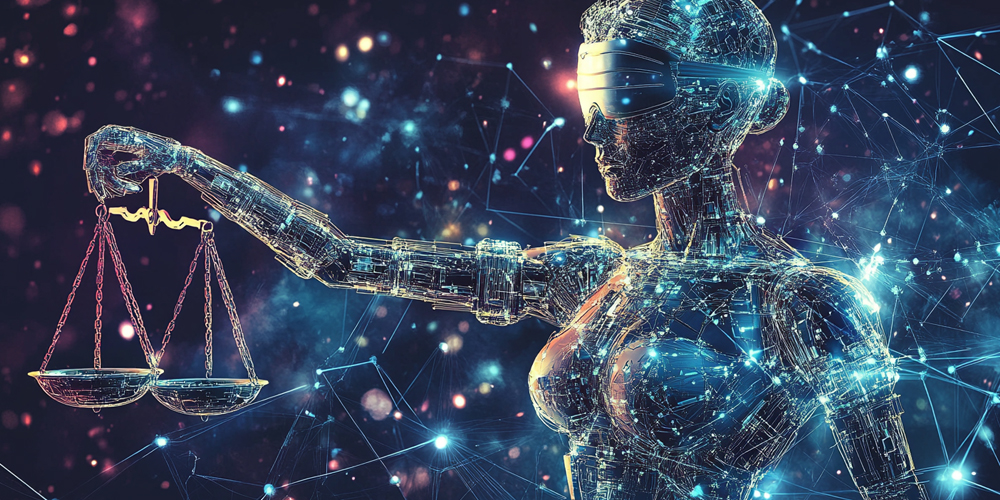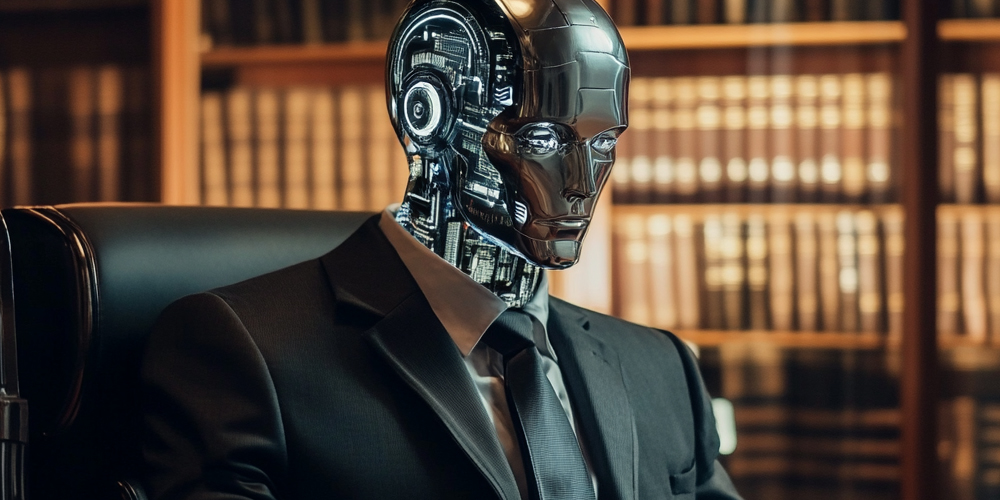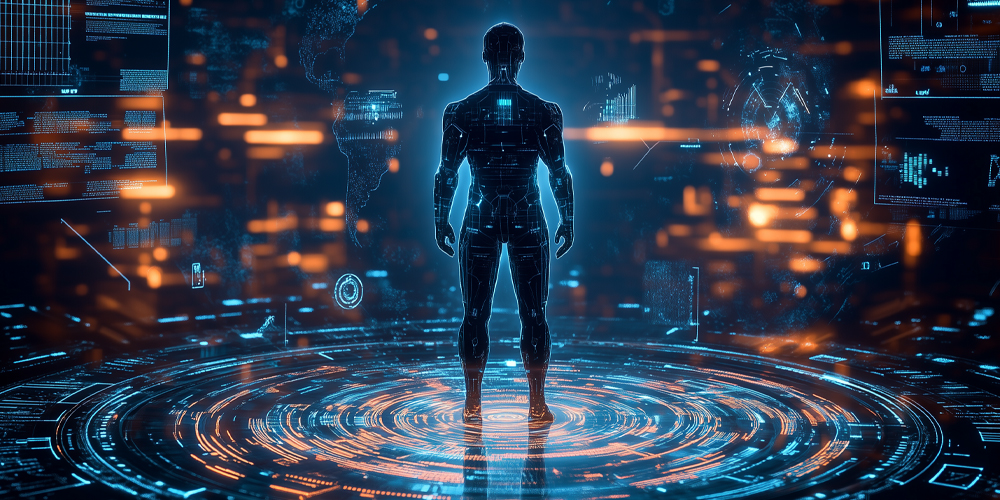Revolutionizing Industries: The Impact of Computer Vision in AI
Computer vision is a transformative technology in artificial intelligence (AI) that enables machines to interpret and understand visual information from the world. By mimicking human vision, computer vision is revolutionizing various industries, enhancing efficiency, accuracy, and user experiences. This article explores the impact of computer vision and its applications across different sectors, highlighting the benefits, challenges, and future trends of this innovative technology.
Understanding Computer Vision
Computer vision involves enabling computers to process and analyze visual data. It combines techniques from machine learning, image processing, and pattern recognition to interpret images and videos. The goal is to allow machines to understand and react to visual inputs in a way similar to humans.
The field of computer vision uses algorithms to detect, classify, and track objects in visual data. These capabilities make it possible for machines to understand context, identify patterns, and make decisions based on visual information. The rise of deep learning has further accelerated advancements in this field, enabling more complex and accurate analyses of visual data.
The Technology Behind Computer Vision
The backbone of computer vision is deep learning. Deep learning utilizes neural networks to process vast amounts of data. These networks learn from labeled images to improve their accuracy over time, allowing them to make better predictions.
One of the most effective types of neural networks for computer vision tasks is the Convolutional Neural Network (CNN). CNNs analyze images hierarchically, focusing on different features at various layers. This hierarchical approach allows the model to identify complex patterns and objects, significantly enhancing its ability to interpret visual information.
As data becomes more abundant, the potential for improving computer vision capabilities grows. The more data AI systems process, the better they become at recognizing patterns, making the training of models increasingly effective.

Applications of Computer Vision in Various Industries
The impact of computer vision spans multiple industries, each leveraging this technology in unique ways. Below are some key areas where computer vision is making a significant difference.
1. Healthcare
In the healthcare industry, computer vision is enhancing diagnostic capabilities. Medical imaging techniques, such as MRI, CT scans, and X-rays, benefit from AI analysis. Computer vision algorithms can detect anomalies in images that may be missed by human eyes.
For instance, algorithms can identify early signs of diseases like cancer, improving the chances of successful treatment. Studies have shown that AI systems can outperform radiologists in detecting certain conditions, providing a valuable second opinion.
Additionally, computer vision aids in monitoring patient health through visual data analysis. By analyzing medical images over time, doctors can track disease progression and adjust treatment plans accordingly.
2. Automotive Industry
The automotive sector is undergoing a major transformation due to computer vision technology. Self-driving cars rely heavily on computer vision to navigate and make decisions on the road. These vehicles use cameras and sensors to detect obstacles, traffic signs, pedestrians, and lane markings.
By analyzing this visual data, autonomous vehicles can make real-time decisions that improve safety and efficiency. The integration of computer vision into advanced driver-assistance systems (ADAS) has also made driving safer, as features like automatic braking and lane-keeping assist become more reliable.
Moreover, computer vision plays a crucial role in traffic management and smart city initiatives, helping to optimize traffic flow and reduce congestion.
3. Retail and E-commerce
Computer vision is transforming the retail landscape in both physical and online environments. In brick-and-mortar stores, smart cameras analyze customer behavior and foot traffic patterns. This data helps retailers optimize store layouts and enhance customer experiences.
For example, retailers can identify which products attract more attention and adjust displays accordingly. Additionally, computer vision technologies can streamline checkout processes through automated systems, reducing wait times for customers.
In e-commerce, computer vision enables features like visual search, allowing customers to upload images to find similar products online. This enhances the shopping experience by providing more intuitive search options, leading to higher conversion rates.
4. Manufacturing
In manufacturing, computer vision is crucial for quality control and process optimization. Automated inspection systems use cameras to monitor production lines. These systems can detect defects in products, ensuring high-quality output and reducing waste.
By implementing computer vision, manufacturers can improve operational efficiency. Real-time monitoring helps identify bottlenecks and equipment failures before they lead to costly downtimes.
Additionally, computer vision technologies are utilized in predictive maintenance, where data from visual inspections informs maintenance schedules. This proactive approach minimizes unplanned disruptions and extends equipment lifespan.
5. Agriculture
Computer vision is making significant strides in the agricultural sector. Farmers use drones equipped with cameras to monitor crop health from above. These drones capture high-resolution images that reveal plant conditions, helping farmers make informed decisions.
By analyzing these images, farmers can identify issues such as pest infestations, nutrient deficiencies, and water stress early on. This proactive approach allows for targeted interventions, leading to better yields and more sustainable farming practices.
Moreover, computer vision aids in automating tasks such as planting and harvesting, optimizing labor efficiency in an industry that often faces workforce challenges.
Benefits of Computer Vision Technology
The adoption of computer vision offers numerous benefits across industries. Here are some of the most significant advantages:
1. Increased Efficiency
Computer vision automates many tasks that traditionally require human intervention, leading to faster processing times and improved accuracy. By reducing manual labor, companies can allocate resources more effectively and focus on strategic initiatives.
2. Enhanced Accuracy
AI-powered systems provide greater accuracy in visual data analysis. These systems can identify patterns and anomalies that may be overlooked by humans, which is crucial in fields like healthcare where precision is paramount.
3. Cost Savings
Implementing computer vision technology can lead to substantial cost savings. By streamlining processes and reducing errors, businesses can lower operational costs significantly. Furthermore, early detection of issues can prevent costly repairs and losses, contributing to overall profitability.
4. Improved Customer Experience
In retail and e-commerce, computer vision enhances customer experience through personalized interactions. Features like visual search and tailored recommendations create a more engaging shopping environment. Satisfied customers are more likely to return and recommend services to others, leading to increased sales.
Challenges of Implementing Computer Vision
While computer vision offers many benefits, challenges exist. Businesses must navigate these obstacles to successfully implement the technology.
1. Data Quality and Quantity
High-quality data is essential for training computer vision models. Organizations must collect and label large datasets to improve accuracy. Insufficient or poor-quality data can lead to inaccurate results, undermining the effectiveness of AI systems.
2. Computational Power
Training advanced computer vision models requires significant computational resources. Organizations need access to powerful hardware and software solutions. This requirement can be a barrier for smaller businesses that may not have the budget for high-performance computing.
3. Privacy Concerns
The use of cameras and visual data collection raises privacy concerns. Organizations must ensure compliance with regulations regarding data protection. Transparent communication with customers about data usage is vital to building trust and ensuring ethical practices.

The Future of Computer Vision
The future of computer vision looks promising as technology continues to evolve. Here are some trends to watch for:
1. Integration with Other Technologies
Computer vision will increasingly integrate with other technologies, such as the Internet of Things (IoT) and augmented reality (AR). This integration will create new opportunities for businesses to leverage visual data in real-time, enhancing operational efficiency.
2. Advancements in Deep Learning
Continued advancements in deep learning techniques will improve the capabilities of computer vision systems. Enhanced algorithms will lead to better accuracy and faster processing times, making AI more reliable across various applications.
3. Wider Adoption Across Industries
More industries will recognize the benefits of computer vision, leading to widespread adoption. As the technology becomes more accessible and affordable, we can expect to see increased usage in sectors like healthcare, agriculture, logistics, and security.
4. Ethical Considerations
As computer vision technologies evolve, ethical considerations will become more important. Businesses must navigate issues related to privacy, surveillance, and bias in AI algorithms. Establishing ethical guidelines will be crucial to maintaining public trust and ensuring responsible AI development.
Conclusion
Computer vision is revolutionizing industries by enabling machines to interpret and understand visual data. Its applications are diverse, spanning healthcare, automotive, retail, manufacturing, and agriculture. While challenges exist, the benefits of adopting computer vision are clear. Businesses that embrace this technology will improve efficiency, accuracy, and customer satisfaction. As computer vision continues to evolve, it will undoubtedly play a critical role in shaping the future of various industries, driving innovation and transformation.





